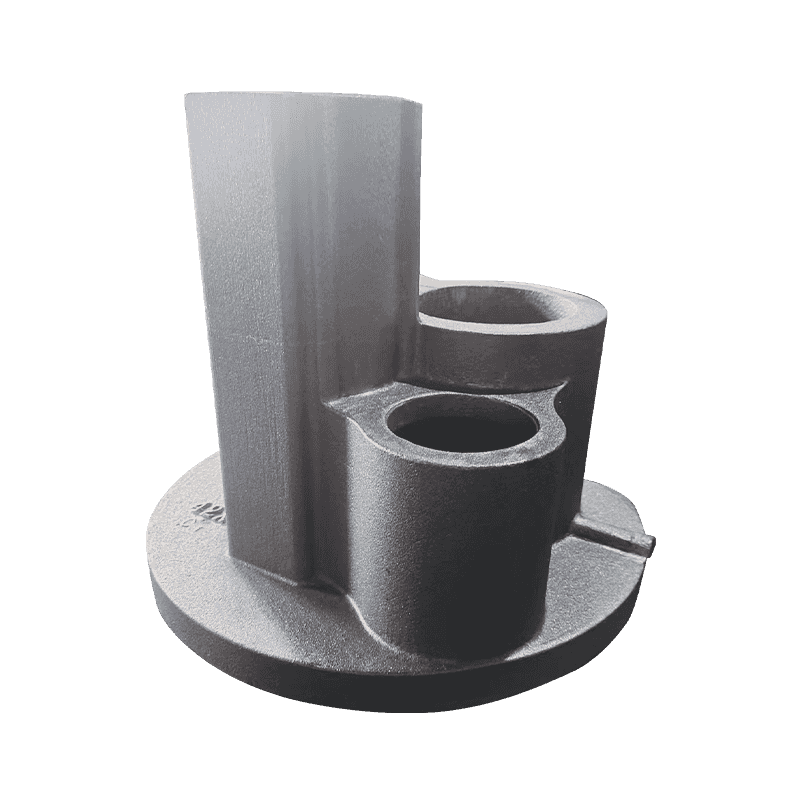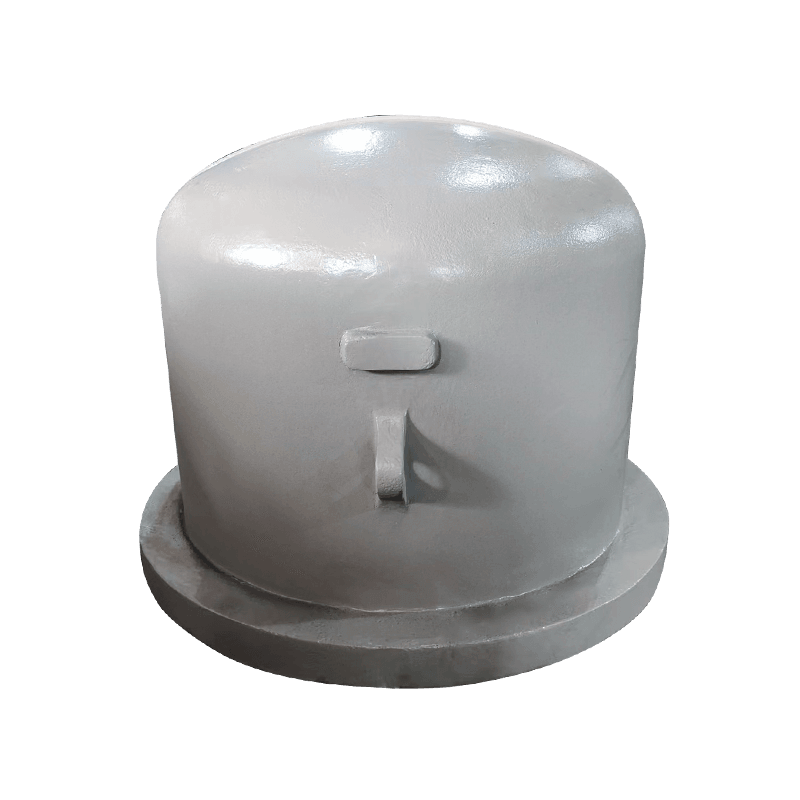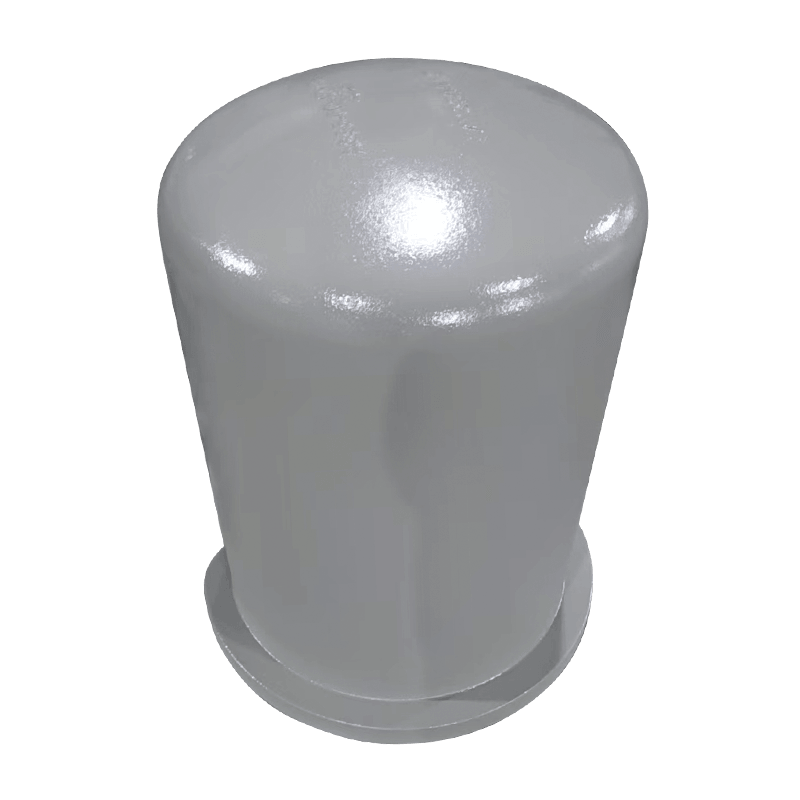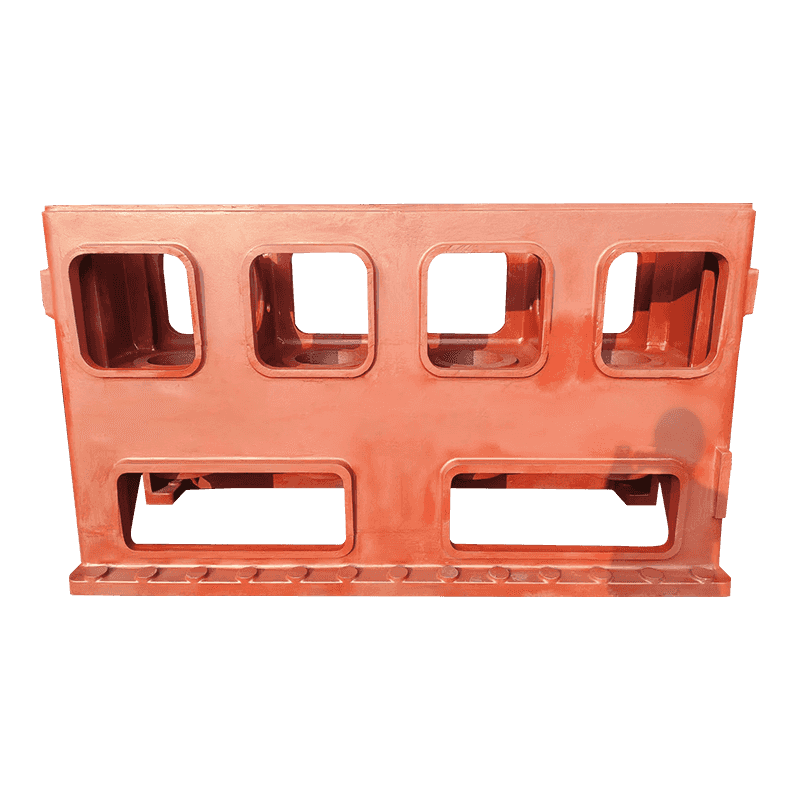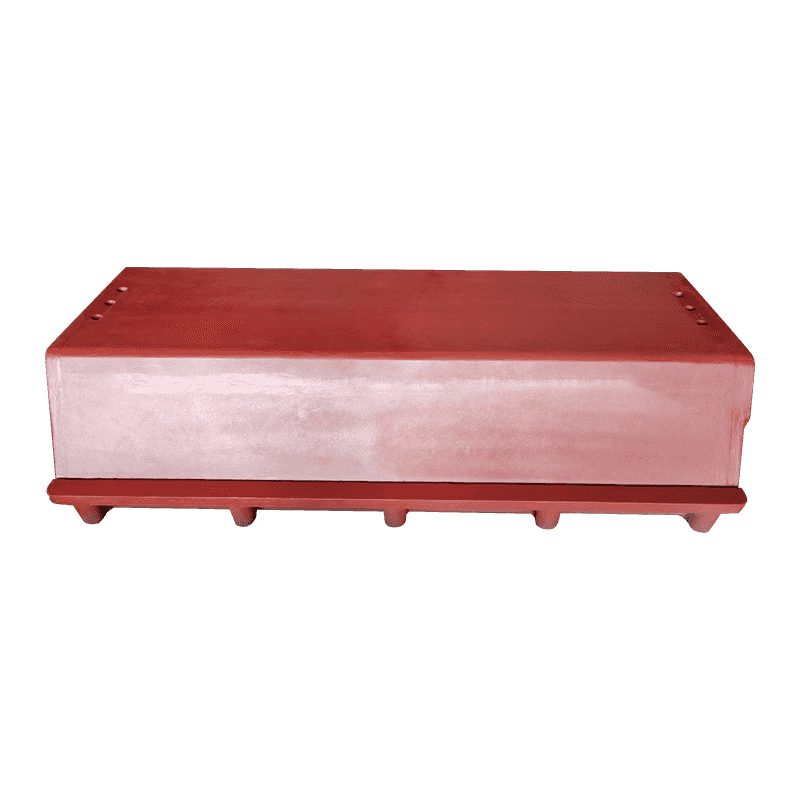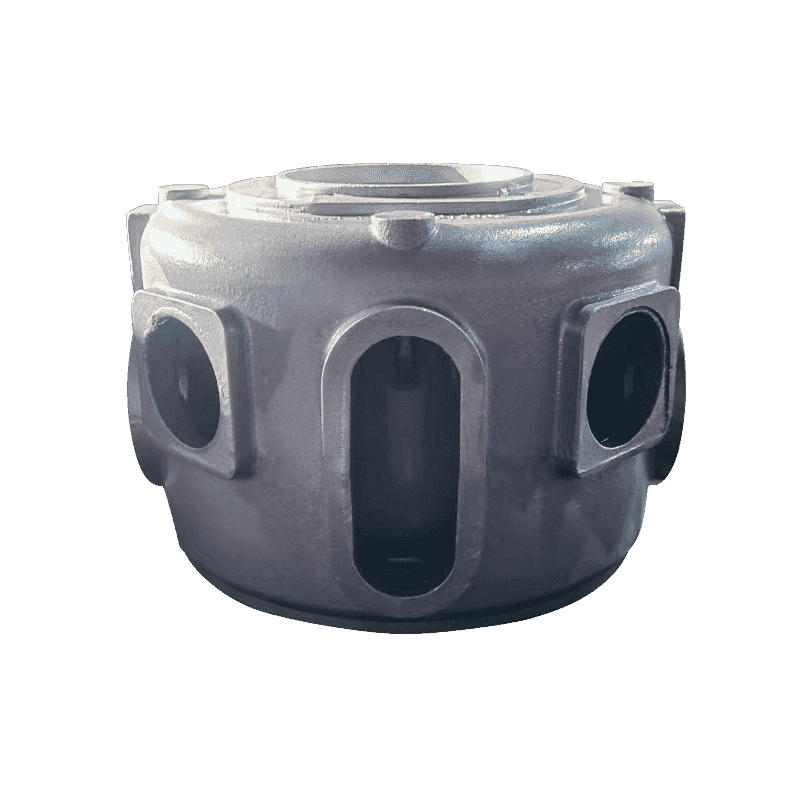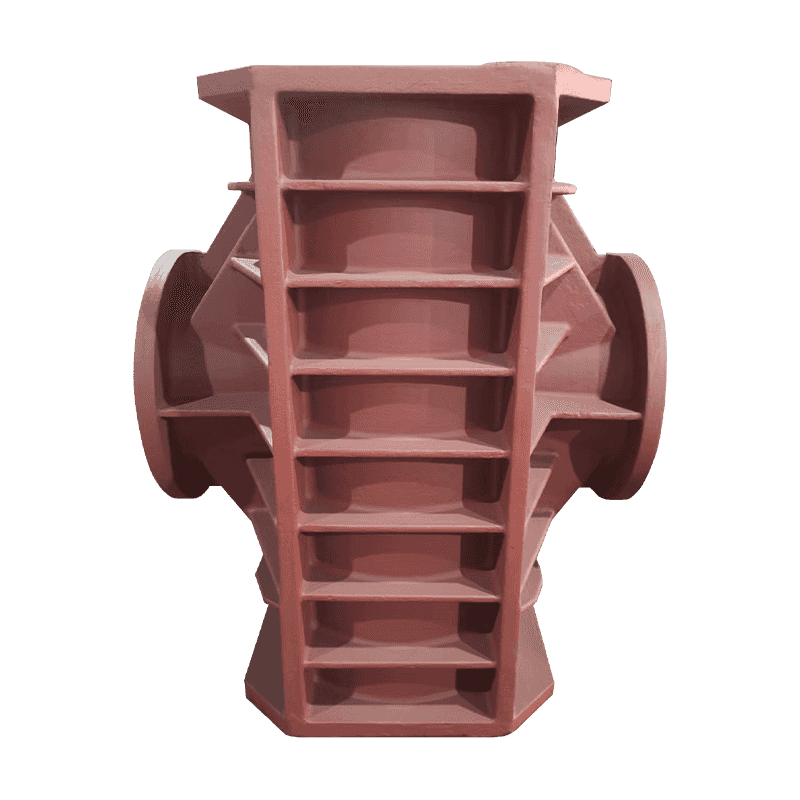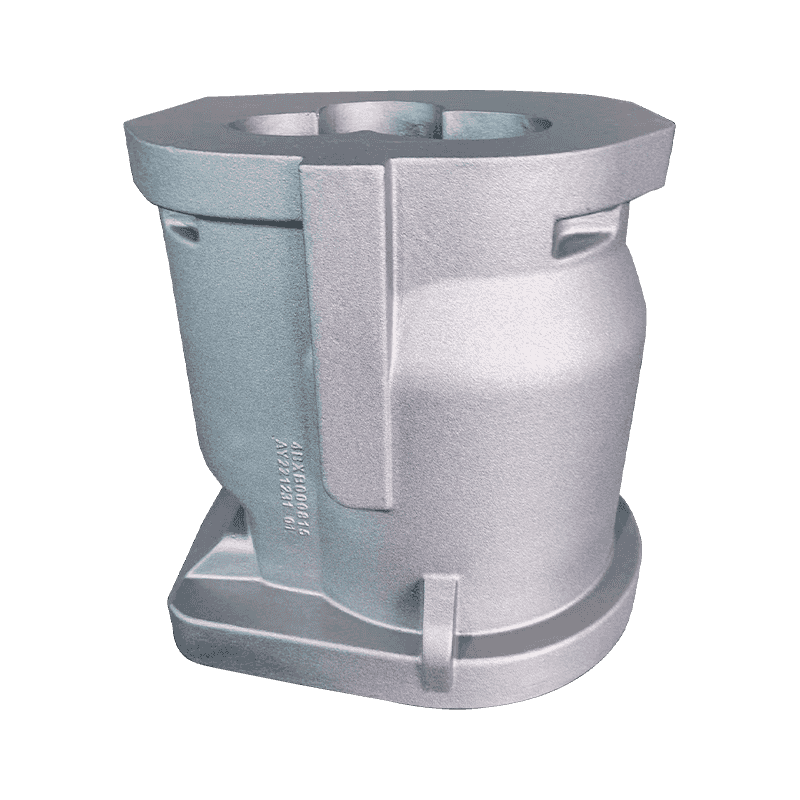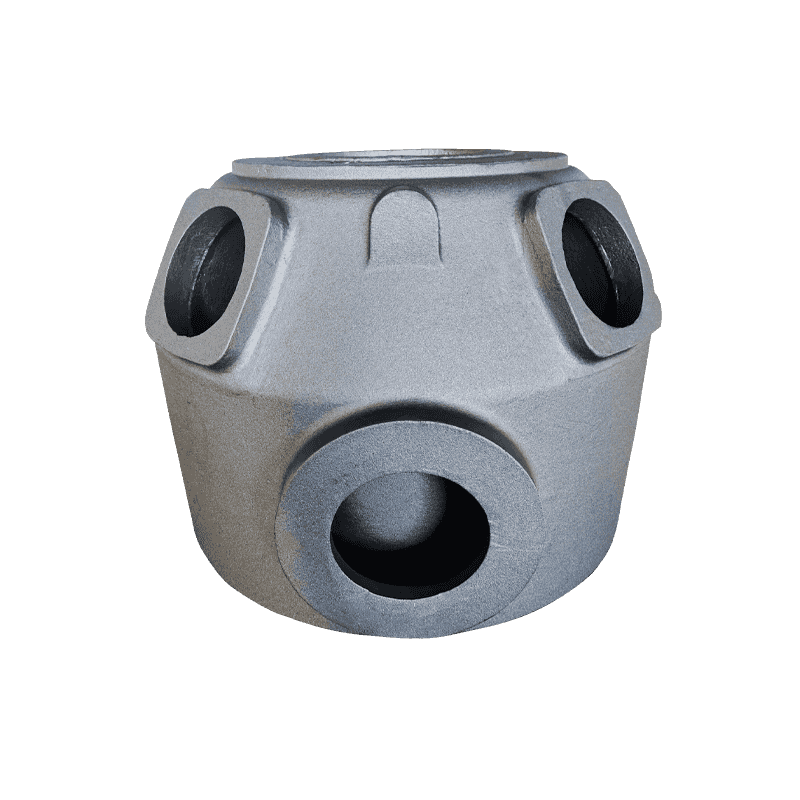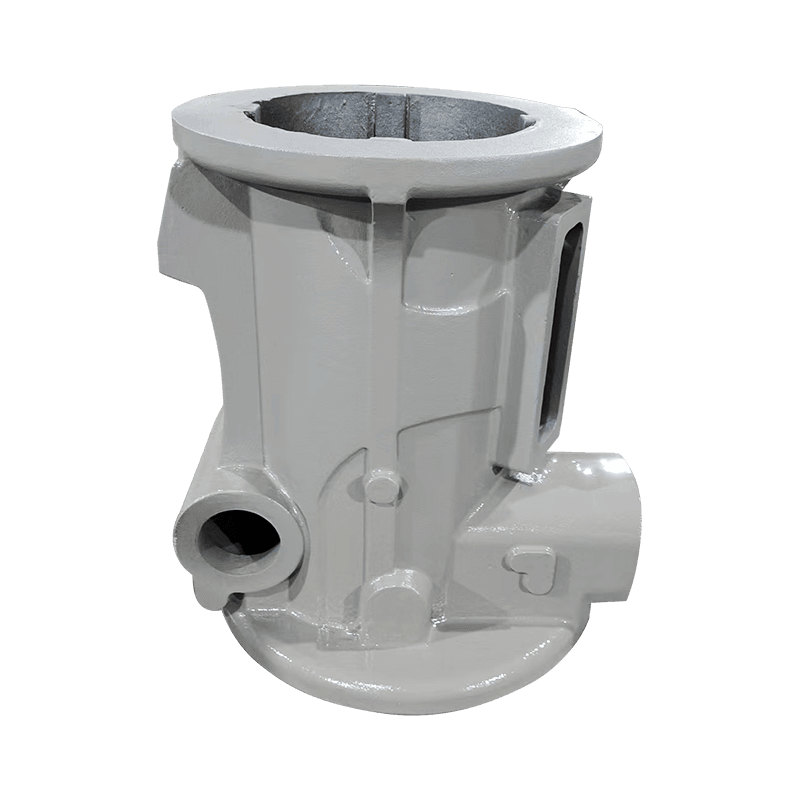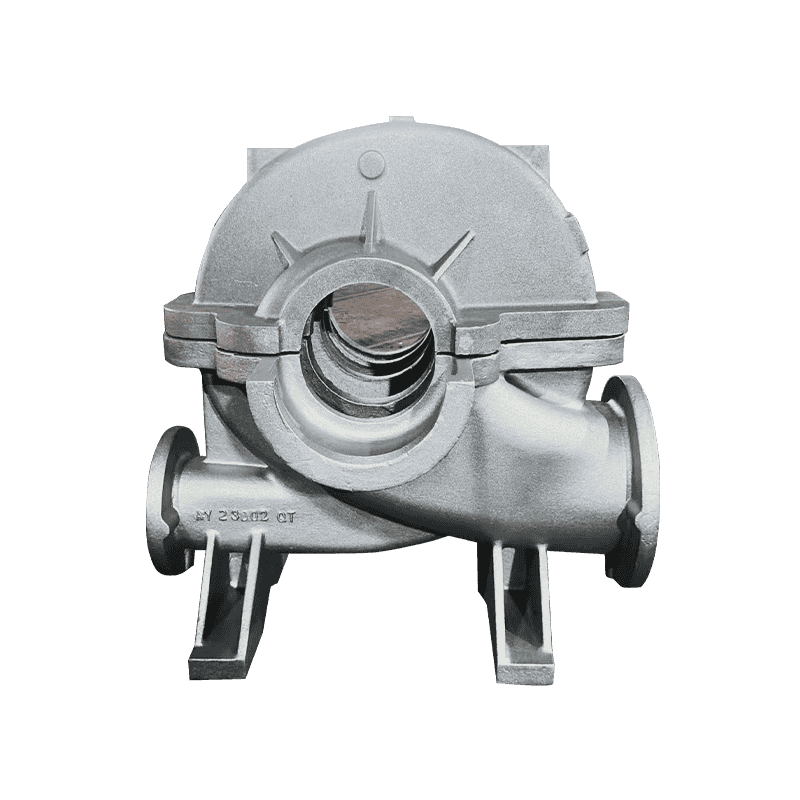The material selection for compressor short oil barrels is one of the most important factors in ensuring the barrel’s durability and resistance to external stresses. Typically constructed from high-strength steel, stainless steel, or corrosion-resistant alloys, these barrels are designed to withstand extreme conditions, including high operational pressures and varying temperatures. The material’s inherent chemical resistance also ensures that the barrel does not degrade over time due to exposure to compressor oils, which may have aggressive additives or chemicals. Corrosion-resistant alloys are particularly useful for preventing rust and other forms of corrosion that can cause structural weakness or leakage. This high level of material integrity prevents cracks or material failures that could lead to oil spills or contamination, thereby maintaining a secure storage environment for the oil.
Each seam, joint, and connection is welded with high accuracy to ensure no gaps or weak points that could cause leaks. The welding process uses high-quality materials that are compatible with the barrel’s core material to create seamless and long-lasting joints. To further enhance the leak-proof nature, seals are incorporated at strategic locations, such as around the lid or valve connections. These seals are made of durable, flexible materials like rubber or silicone to provide an airtight barrier. These seals are capable of withstanding repeated pressure changes, temperature fluctuations, and mechanical stresses without losing their ability to prevent leaks. The combination of precision welding and high-quality seals ensures that the barrel maintains its integrity even under demanding conditions.
These valves are designed to automatically release excess pressure if the internal pressure surpasses safe operating limits. Without such mechanisms, pressure buildup could result in barrel deformation, rupture, or catastrophic failure. The ventilation systems further allow for the controlled release of air or vapor from the barrel, preventing internal pressure from reaching dangerous levels. By managing internal pressure effectively, these systems prevent leaks caused by over-pressurization and maintain the barrel’s structural integrity under dynamic conditions.
These valves are specifically designed with tight-fitting mechanisms, including O-rings or gaskets, that create secure seals during operation. These components help prevent the ingress of air or moisture, which could contaminate the oil, as well as the egress of oil. Quick-connect fittings and screw-on caps are often used, as they provide a robust connection that minimizes the chance of accidental disconnections or leaks. The leak-resistant design of these valves also ensures that they remain sealed even under repeated use, preventing oil spills during daily operations.
Overfilling a compressor oil barrel can lead to a number of issues, such as over-pressurization, leakage, or even potential damage to the compressor system. To mitigate this risk, many compressor short oil barrels feature built-in overfill protection systems. These can include automatic shut-off mechanisms, level sensors, or visual indicators to alert operators when the barrel reaches its maximum capacity. Some designs include overflow valves that allow excess oil to be safely diverted, ensuring the barrel is never overfilled and avoiding any risk of leakage due to pressure buildup. This level of protection ensures that the barrel operates safely and efficiently, minimizing the chances of oil waste or spills.

